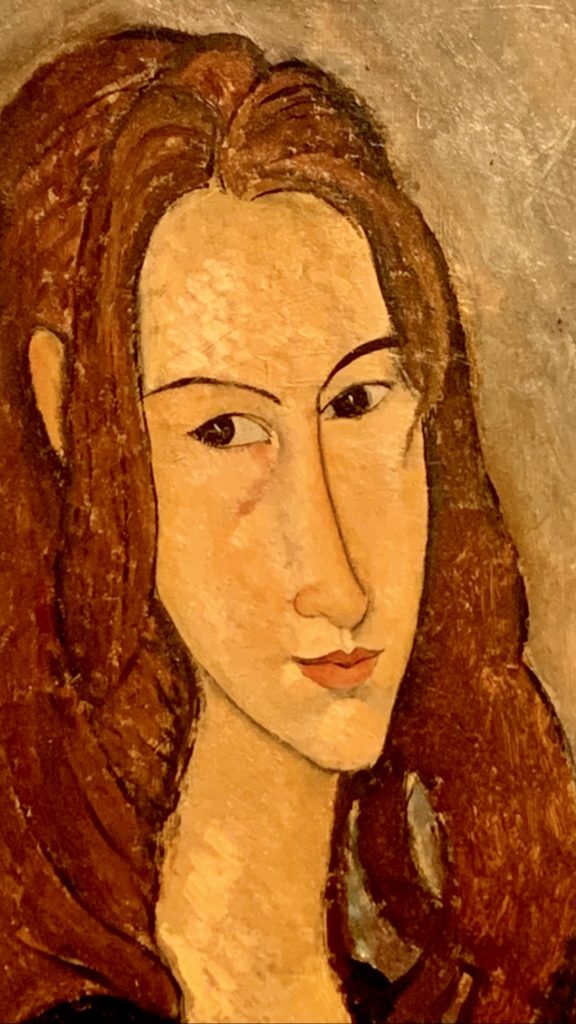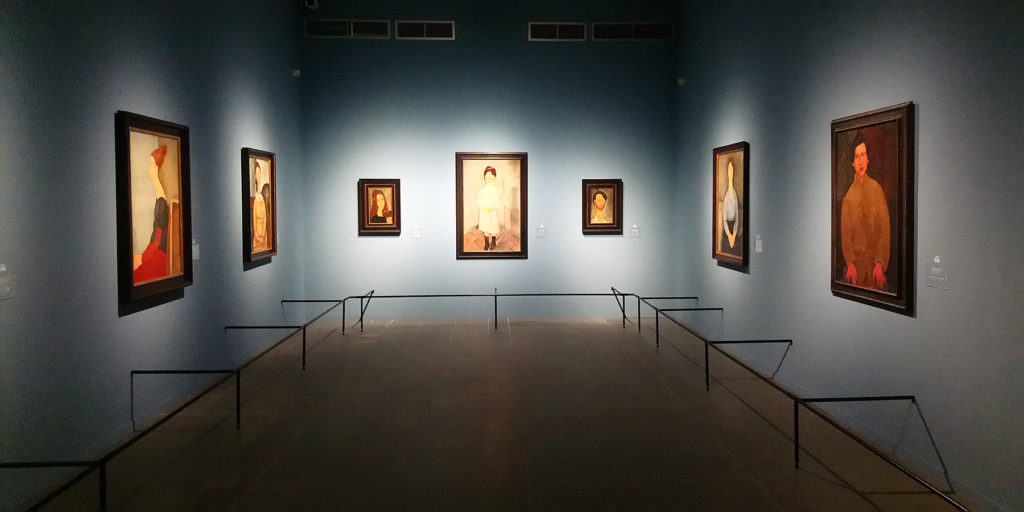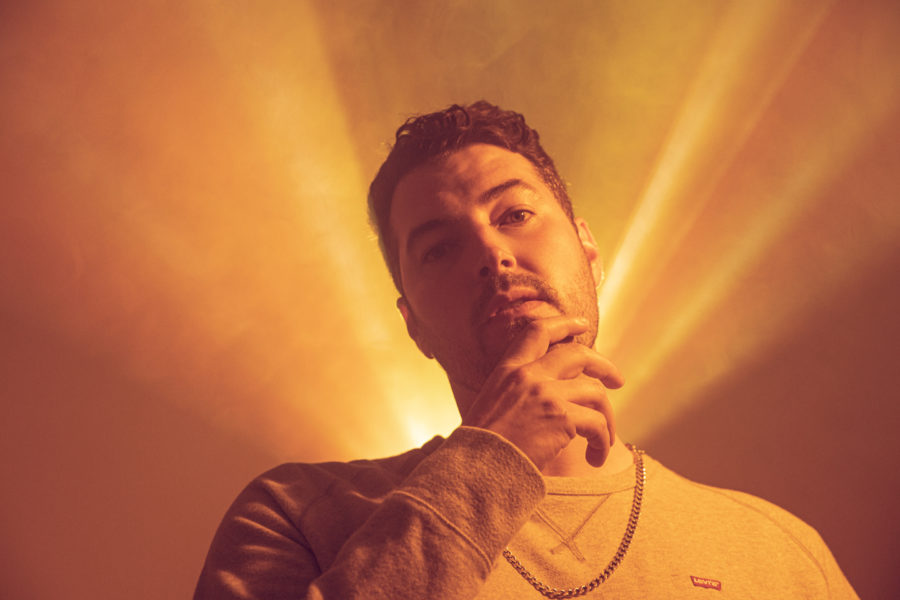Modigliani is one of those artists who remain impressed, who are remembered. Long necks, oval faces, pupil-free eyes are characteristics that even novices of art easily catch, and it is common opinion that “Mod씑s elegance and colors are unmatched.
Livorno was the only one for Amedeo, who in the Tuscan city saw his art grow and take shape, studying, in particular, the Macchiaioli.
Marc Restellini, curator of the exhibition, says: “The exhibition is a homecoming, I am happy with this occasion and I thank and congratulate the whole Administration for the courage and speed of choices. There could be no better decision to bring Modigliani’s exhibition to his city on the anniversary of the centenary of his death. Here in Livorno Amedeo Modigliani has developed his creative ability and Jewish spiritualism and here in Livorno I hope that history, and not only the market, can take advantage of this wonderful opportunity to give it the right position in the history of Western art”.
The Livorno experience was undoubtedly well integrated also by the transfer, in 1902, to Paris, where Modigliani developed important contacts, coming into contact with the most important artists of the time, including the beloved-hated Pablo Picasso.
It is precisely the hometown of the artist that was chosen as the stage for the great commemorative exhibition that sees Modigliani and his “circle” of Montparnasse as its protagonist. The exhibition, which kicked off on 7th November and ended yesterday, 16th February, reached 100,000 visitors in just over three months. The works on display are those that come from the collection of Jonas Netter, recently “rediscovered”, and Paul Alexander, clearly prominent personalities of the twentieth century and who have had a strong impact on Modigliani’s career, being, in fact, the greatest collectors .
In addition to Amedeo’s works, Netter’s collection also includes paintings collected since 1915 which testify the success of the environment of the great École de Paris; among the artists we find: André Derain, Chaïm Soutine, Maurice Utrillo, Moïse Kisling and Suzanne Valadon. Another predominant figure in the exhibition is Leopold Zborowski who was portrayed three times by the Livorno artist and who did not fail to exploit the fortune derived from his death economically.
It is precisely from these names that the celebration of Modigliani starts and the path of the exhibition, which wants to be a heartfelt, participatory and intellectually high commemoration of one of the greatest artists of Italian art.

Quoting once again Marc Restellini: “The Parisian school was a particular cultural movement in France. Its peculiarity is that it came entirely from cultural emigration, from foreigners. The fact is that before French art was a bourgeois tradition, and was made up mostly of French from birth. Foreign masters were, of course, in other currents, but were not always integrated into this purely French tradition. And the Paris school was a growing movement that developed entirely by emigration. The works of the masters of the Parisian school, although varied, were distinguished by the unity of artistic research. Someone added some currents. For example, Chagall added Judaism, Soutine expressionism, Modigliani the trends of Italian art. I believe this was one of the last movements of 1905-1920. “
Marc Restellini undoubtedly plays an important role in the memory of Modigliani, not only in the last year with the curatorship of the exhibition. It is essential to know that, starting from 2012, this has been concerned with bringing together all the works belonging to the Netter collection, an operation that culminated in 2013 with the exhibition “The Jonas Netter Collection: Modigliani, Soutine et l’aventure de Montparnasse”.
Walking through the works and contemplating them, you can breathe a familiar air, as if you were part of the artistic circle of Modigliani, as if you could listen to the exchange of views while sipping a glass of wine in a Montparnasse bar. You almost seem to hear Modì’s voice, where nothing is pure, but everything is sparkling, inundated with a rare vitality and extravagance, where shapes and colors are an expression of the most intimate and hidden self. So we find ourselves reflecting on what Modigliani should think while portraying that little girl with the blue apron, what her torments were, as if it were that visceral love consumed with her Jeanne.
This is the beauty of “Modigliani and the adventure of Montparnasse”: a return home, which makes us visitors feel at home and which leaves us with beauty in our eyes.




